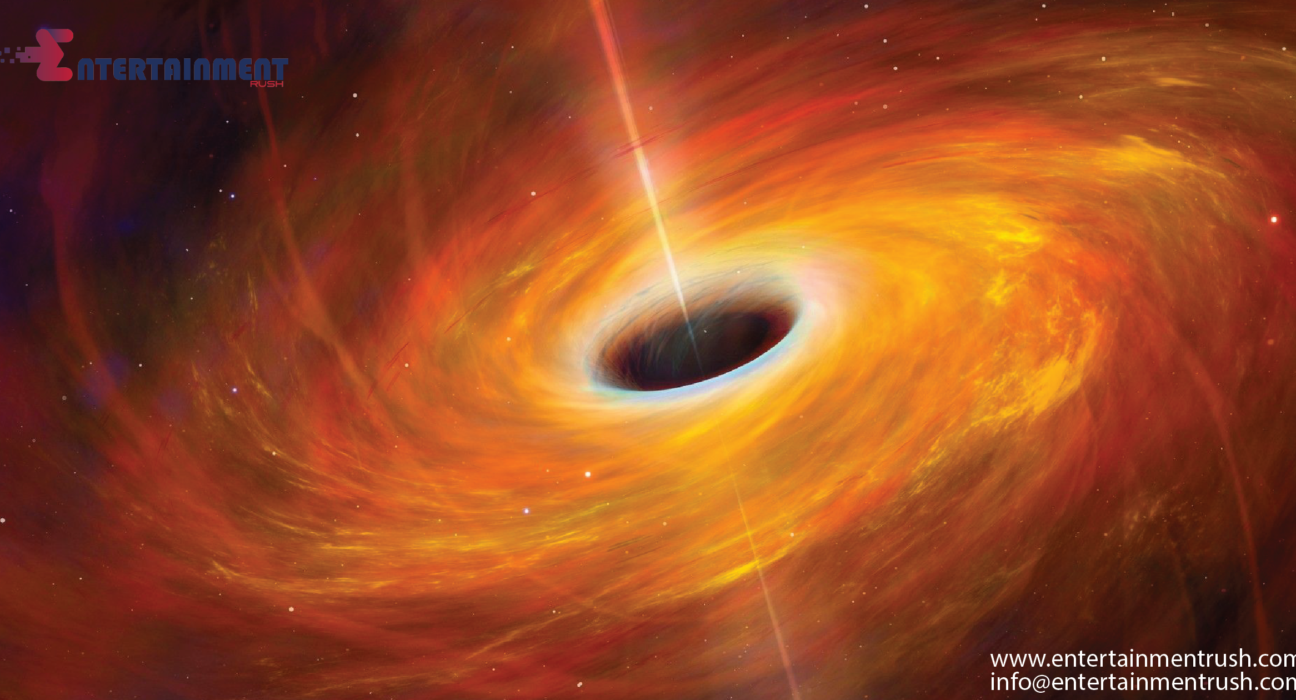Scientists are hailing a groundbreaking discovery, marking the first time a large black hole with such a unique origin story has been identified in such proximity to Earth. A notable clue leading to this revelation was the peculiar ‘wobbling’ motion observed in the companion star orbiting this colossal black hole. Dubbed Gaia-BH3, this cosmic behemoth resides 2,000 light-years away in the Aquila constellation, ranking as Earth’s second-closest known black hole. Its detection was an unexpected revelation during the examination of Gaia observations by an international team of scientists, anticipating a full data release slated for the following year.
Unforeseen Encounter
“No one anticipated the presence of a nearby, undetected high-mass black hole,” remarked Pasquale Panuzzo, an astronomer from the Observatoire de Paris, part of France’s National Centre for Scientific Research and a member of the Gaia collaboration. “This is the sort of discovery that happens once in a lifetime of research.
Abundant Mass, Sparse Metals
Similarly, massive black holes have been uncovered beyond the Milky Way galaxy. The prevailing theory suggests their formation stems from the collapse of stars lacking heavy elements beyond helium and hydrogen, earning them the label “metal-poor.” These stars, known for retaining more mass throughout their lifespans, are speculated to yield the surplus material required to birth these high-mass black holes post-demise. The direct connection between metal-poor stars and high-mass black holes lacked substantiation until these recent observations.
Insights from Companionship
Paired stars often share similar chemical compositions, offering critical insights into the collapsed star that birthed Gaia-BH3. Data gleaned from the Very Large Telescope’s Ultraviolet and Visual Echelle Spectrograph instrument unveiled the extreme metal deficiency of Gaia BH3’s companion star. This revelation aligns with predictions, suggesting the original star that collapsed to form Gaia-BH3 was also metal-poor.
A Unique Revelation
We decided to publish this paper based on preliminary data ahead of the upcoming Gaia release due to the extraordinary nature of the discovery,” noted astronomer Elisabetta Caffau, a study co-author from the CNRS Observatoire de Paris and a Gaia collaboration member. The team believes that early data availability will enable fellow astronomers to commence immediate studies on Gaia-BH3, bypassing the need to wait for the complete Gaia data release. The comprehensive data from the space telescope is scheduled for release no earlier than late 2025, with the possibility of additional observations shedding further light on the black hole’s enigmatic history.
The Stellar Revelation
Located within the heart of the Milky Way, this gargantuan black hole has been the subject of intense scrutiny by astronomers using cutting-edge telescopes and observation techniques. The discovery, announced in a recent study published in the prestigious Astrophysical Journal, unveils the sheer magnitude of this cosmic phenomenon. With a mass estimated to be several times greater than that of our Sun, this stellar-mass black hole commands attention on a galactic scale.
Unveiling the Cosmic Giants
Black holes, often dubbed the “dark sirens” of the cosmos, possess gravitational forces so intense that not even light can escape their grasp. While larger supermassive black holes, millions to billions of times the mass of our Sun, lurk at the centers of galaxies, stellar-mass black holes are born from the explosive deaths of massive stars. The discovery of this colossal stellar-mass black hole challenges existing theories, raising questions about its formation and the mechanisms that govern its growth.
A Window into the Universe’s Past
As astronomers delve deeper into the mysteries surrounding this newfound cosmic giant, they are also peering back in time. The light emanating from this stellar-mass black hole has traveled vast distances across the cosmos before reaching our instruments on Earth. This means that the observations we make today offer a window into the distant past, allowing us to witness events that occurred millions of years ago.
Unlocking Cosmic Secrets
The discovery of this mammoth stellar-mass black hole not only expands our knowledge of the Milky Way but also opens doors to new realms of understanding in astrophysics. Scientists are eager to study its behavior, interactions with surrounding matter, and the impact it has on its galactic environment. Such research promises to unveil insights into the evolution of galaxies, the nature of spacetime itself, and the fundamental forces that shape our universe.
A Cosmic Journey Continues
As humanity’s exploration of the cosmos marches forward, each new discovery serves as a milestone in our quest to unravel the mysteries of the universe. The revelation of this colossal stellar-mass black hole in the Milky Way reminds us of the boundless wonders that await us beyond the stars. It beckons us to peer into the depths of space, to ponder the enigmatic forces that govern our existence, and to marvel at the cosmic dance of celestial giants. In the grand tapestry of the cosmos, the discovery of this enormous stellar-mass black hole stands as a testament to the insatiable curiosity of humanity and our unending quest to understand the universe that surrounds us. As astronomers continue to probe the depths of space, we can only imagine what other cosmic marvels await us, ready to unveil their secrets and inspire wonder for generations to come.




Leave feedback about this